Description
This is an early Vincent Raney drawing, but this project was not built as seen in this rendering. His wife Edna was the oldest daughter of John H. Brown, the man who turned the bizarre tale of Sarah Winchester’s story into a major tourist attraction. Her compulsive behavior of building additions and expansions to her rambling Victorian mansion was peculiar. Raney’s heirs today are among the owners of the vast parcel of nearly 12 acres of land the 3 theaters sit upon. Click here for a view of the Winchester House today.
About the Artist
Vincent G. Raney
Raney was born in 1905 in Loogootee, Indiana. He attended the University of Indiana, then received a degree in architectural engineering from the University of Illinois in 1929. He also attended the University of Arizona, in 1930.
Raney worked for H.G. Atherton in Anderson, Indiana; and for Frederick H. Reimers, Masten & Hurd, and William I. Garren in San Francisco, 1930-36. In 1937, Raney started his own company, under his own name. He specialized in building and design of multiplex theaters for Syufy Enterprises.
In 1939, he designed a house for the Golden Gate Exposition on Treasure Island. Notable for its high ceilings, floor-to-ceiling windows, and access to a garden from almost every room, it was named the Sunshine House. It was sold in a raffle, with tickets costing one dollar. The home was built to encourage home building and buying after years after the ten years of the Great Depression. The winners sold the house immediately, for $7,000. It sold for $845,000 in 2004.


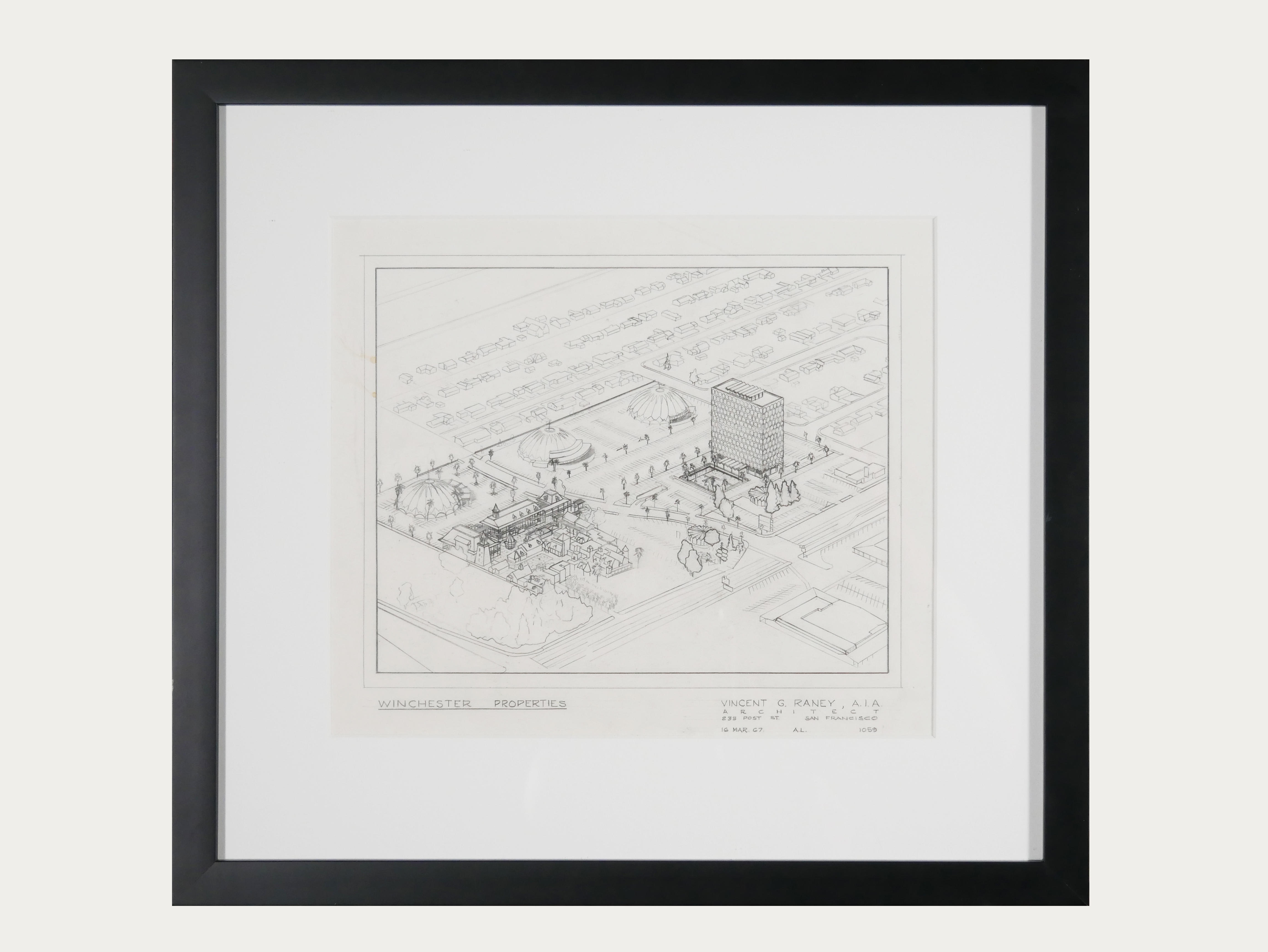

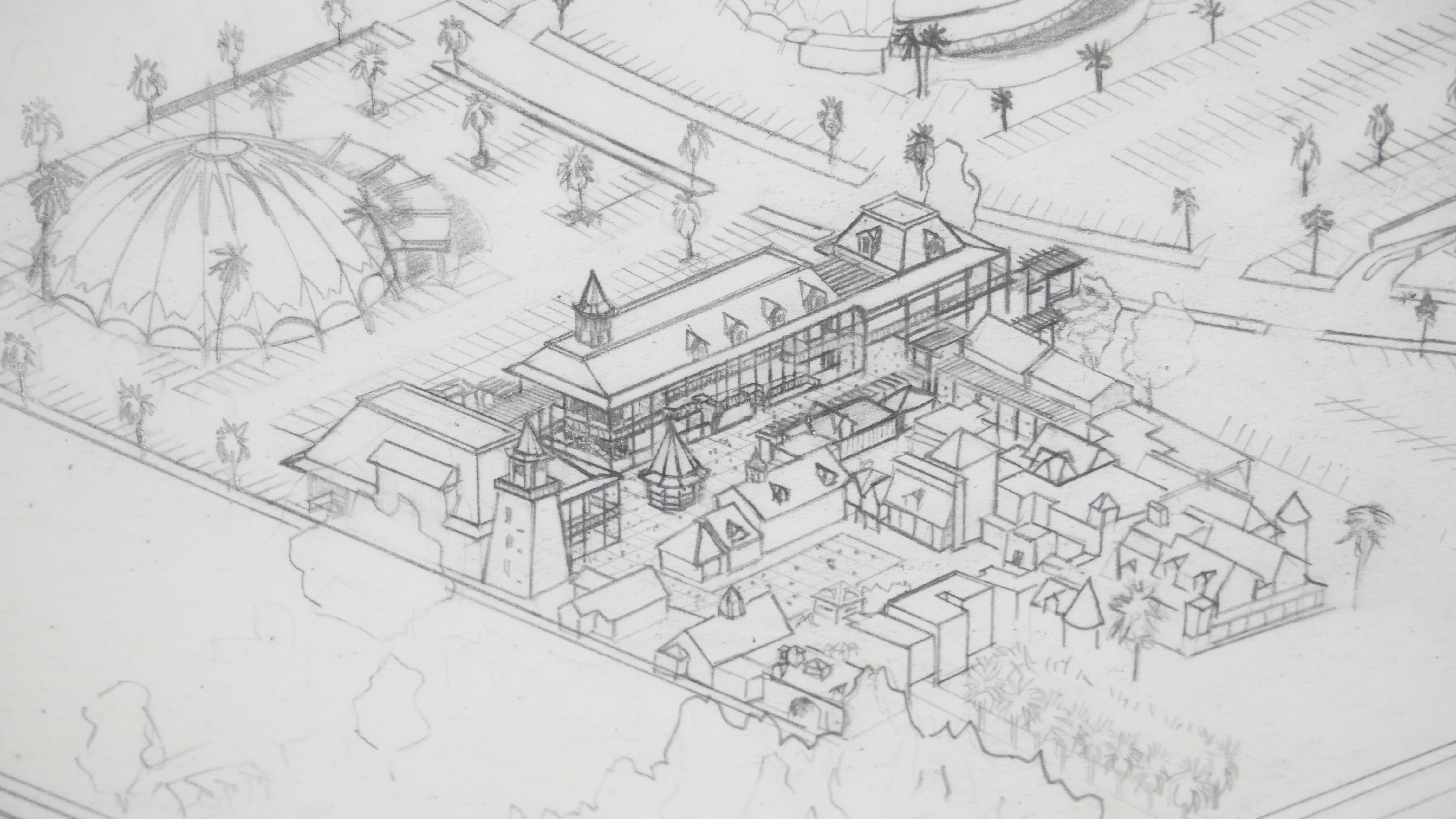
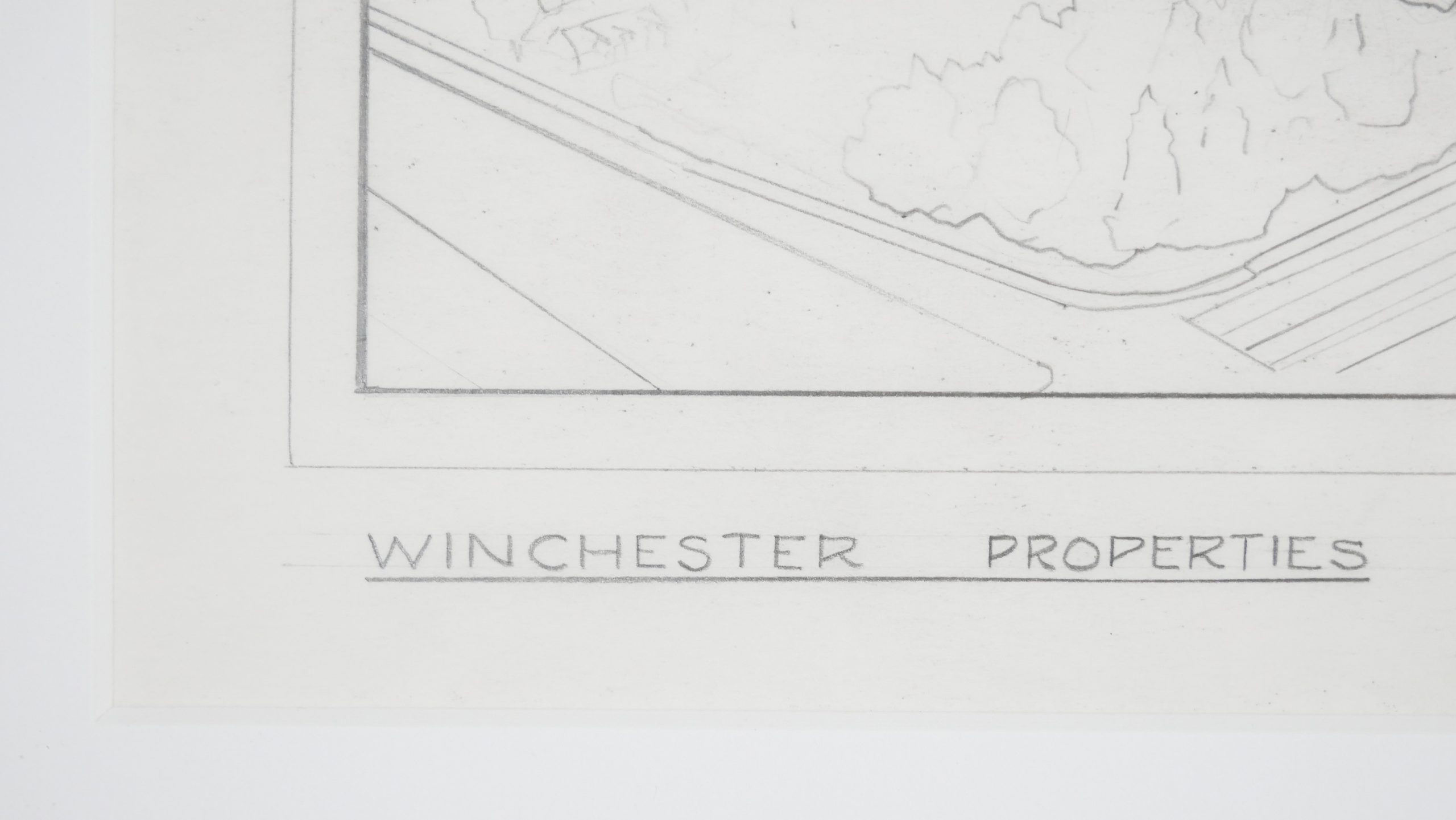
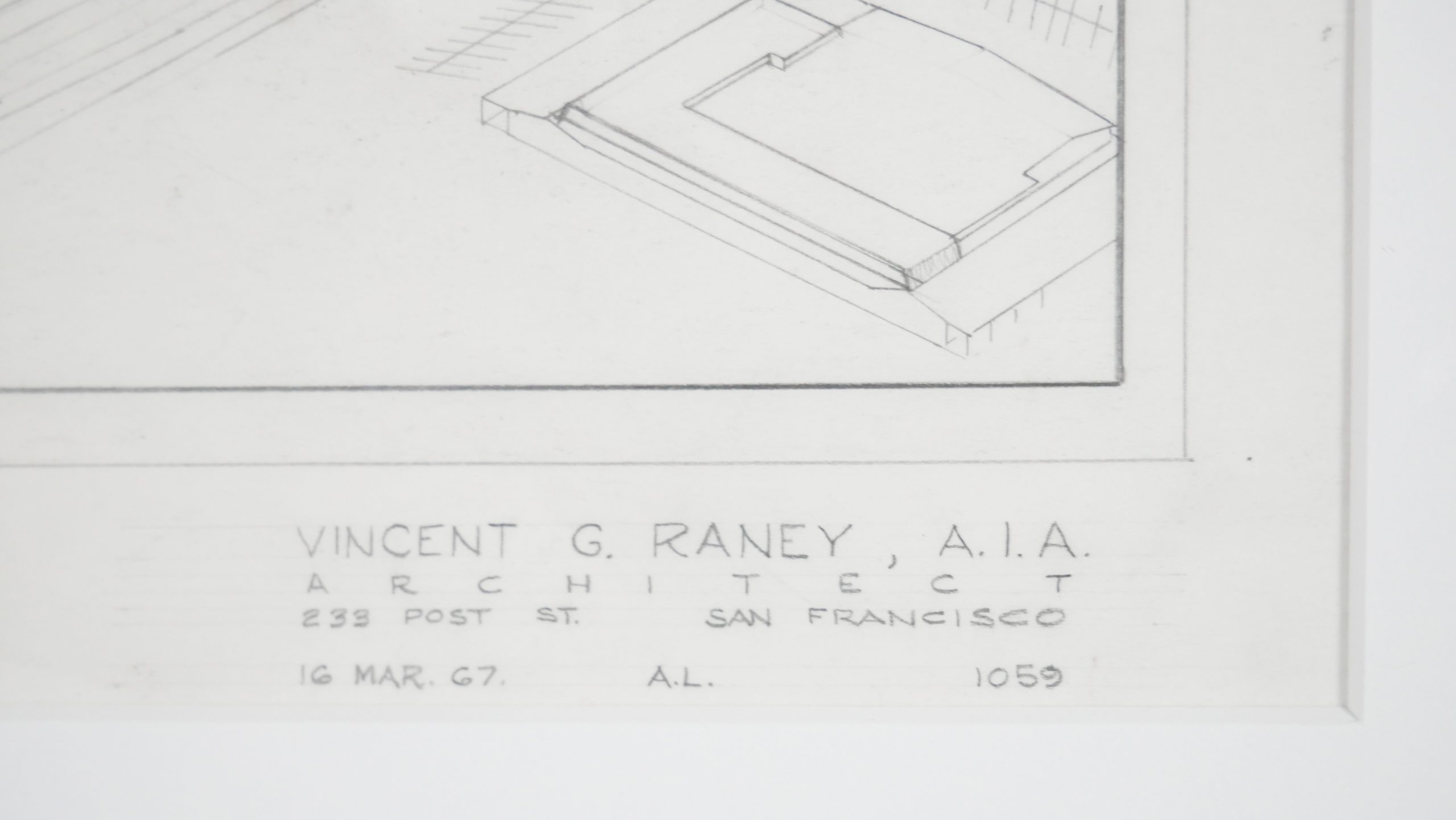





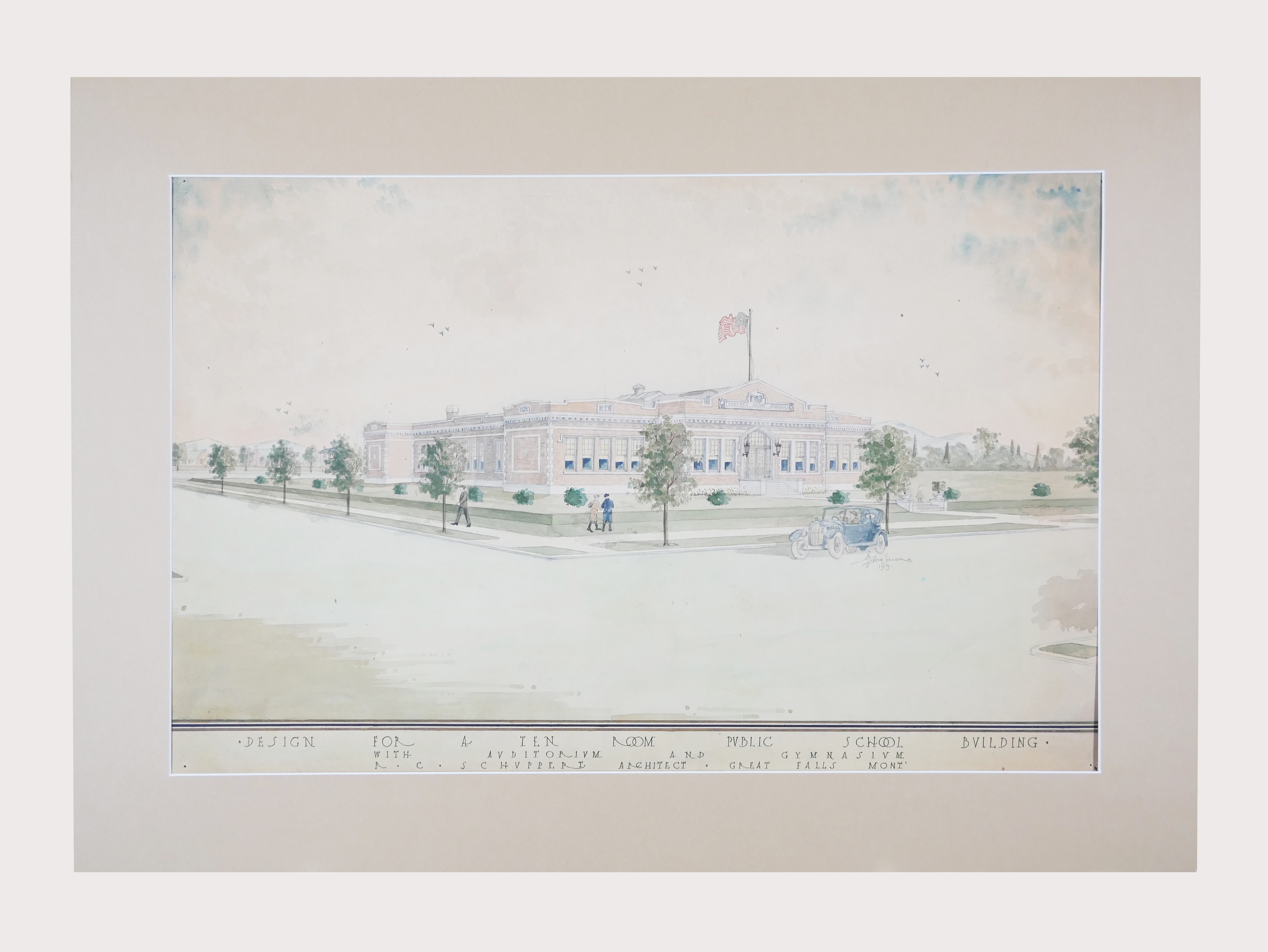
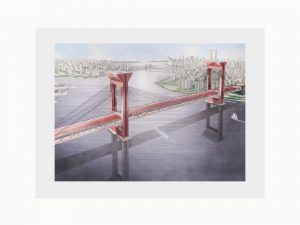
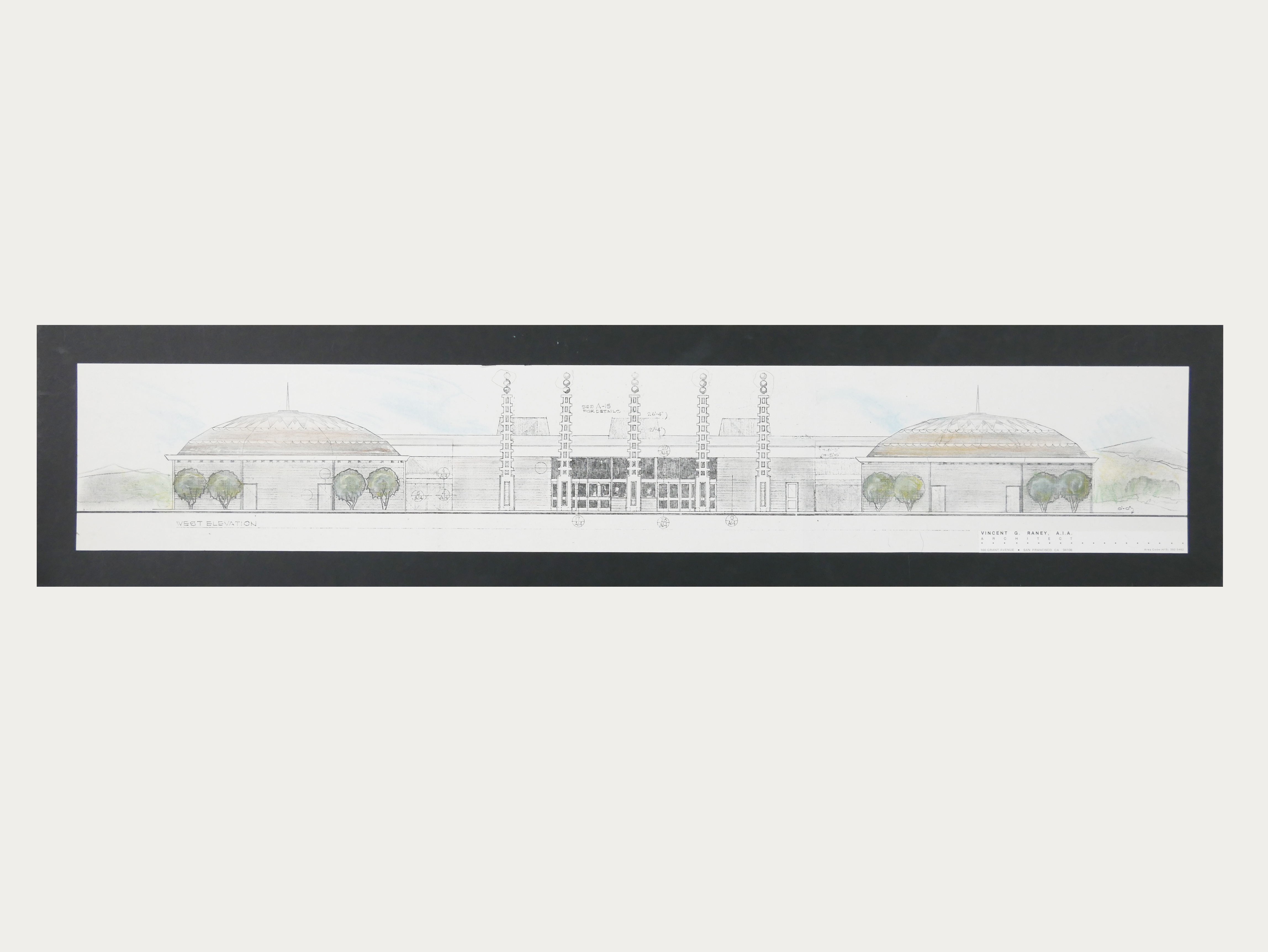
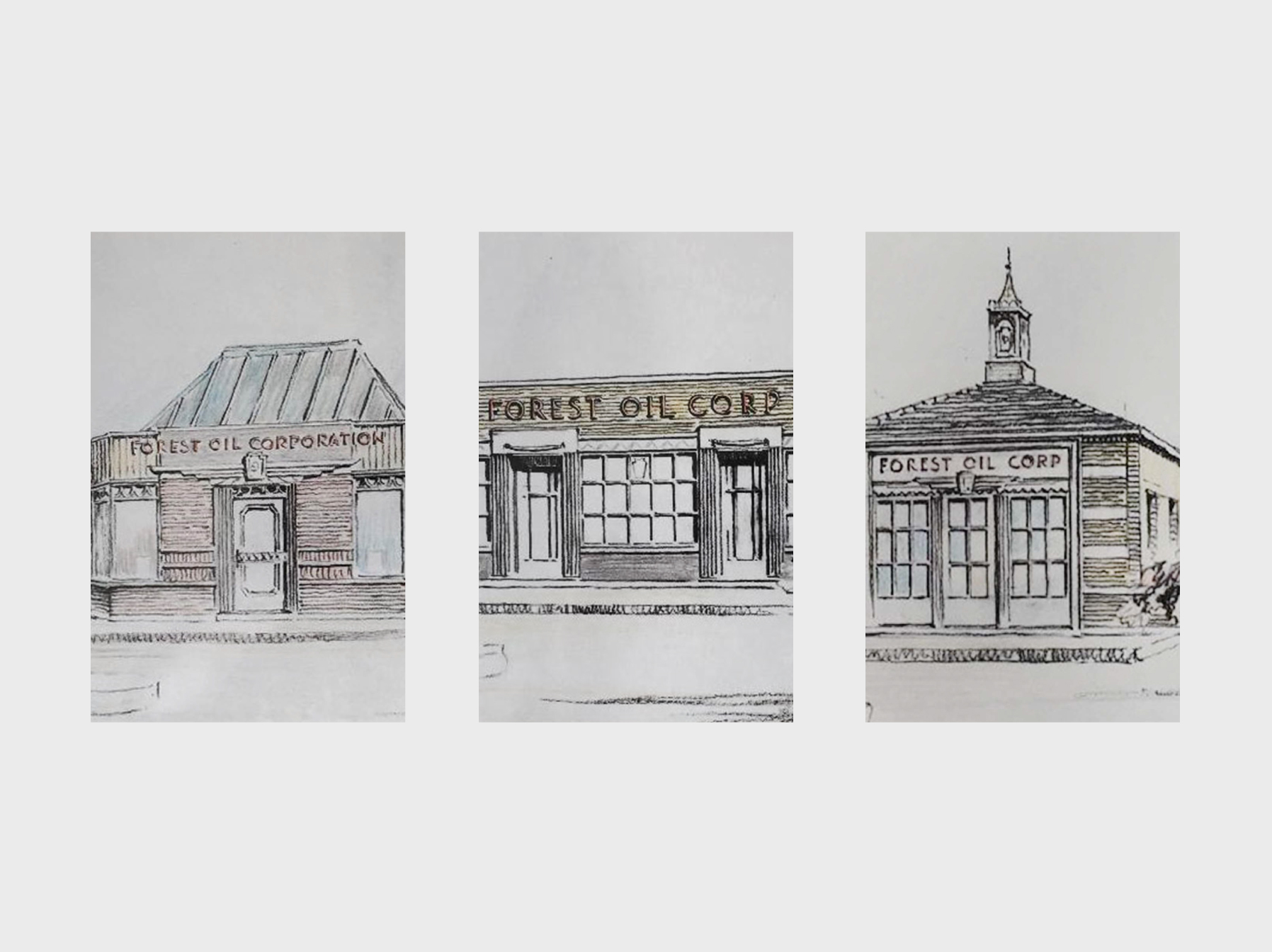

Reviews
There are no reviews yet.